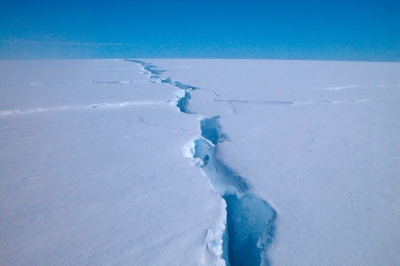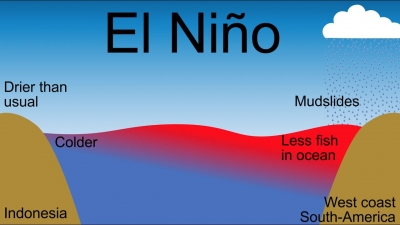WHAT IS ICEBERG CALVING

Iceberg calving, also called glacier calving, is the breaking away or release of huge ice chunks from the termini of glaciers or the margins of ice shelves. Ice shelves can calve huge tabular icebergs over decades or longer like the Antarctic’s Larsen C Sometimes, small fast flowing glaciers continuously calve small chunks of ice into their fjords like the San Rafael glacier in Chile.
Causes of iceberg calving
It is useful to classify causes of calving into first, second, and third order processes. First order processes are responsible for the overall rate of calving at the glacier scale. The first order cause of calving is longitudinal stretching, which controls the formation of crevasses. When crevasses penetrate the full thickness of the ice, calving will occur. Longitudinal stretching is controlled by friction at the base and edges of the glacier, glacier geometry and water pressure at the bed. These factors, therefore, exert the primary control on calving rate.
Second and third order calving processes can be considered to be superimposed on the first order process above, and control the occurrence of individual calving events, rather than the overall rate. Melting at the waterline is an important second order calving process as it undercuts the subaerial ice, leading to collapse. Other second order processes include tidal and seismic events, buoyant forces and melt water wedging.
When calving occurs due to waterline melting, only the subaerial part of the glacier will calve, leaving a submerged 'foot'. Thus, a third order process is defined, whereby upward buoyant forces cause this ice foot to break off and emerge at the surface. This process is extremely dangerous, as it has been known to occur, without warning, up to 300m from the glacier terminus.
Credit : Wikipedia
Picture Credit : Google

